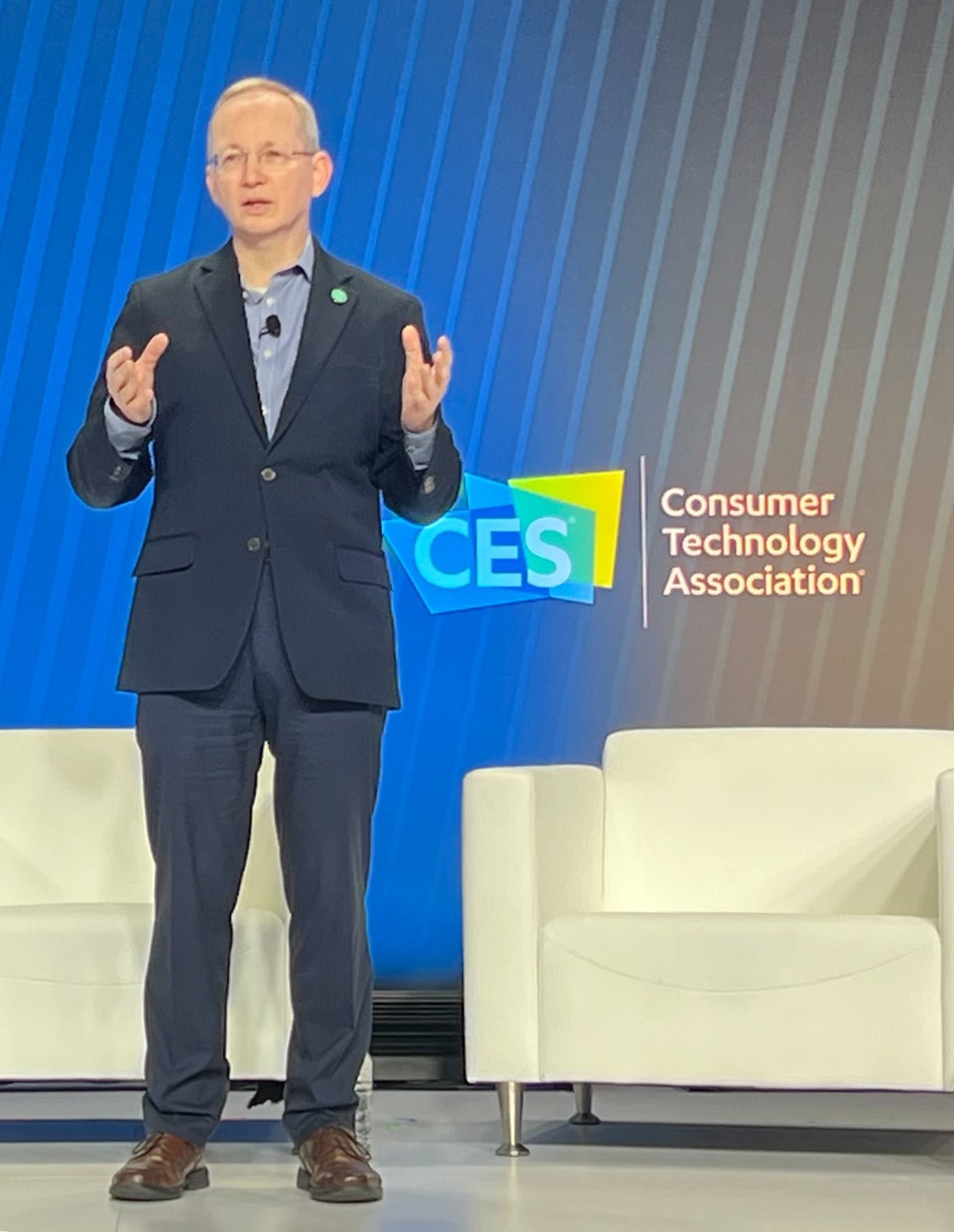Life in Progress: Capitalizing on Clean Battery Power Through Safety. A CES 2024 Panel Discussion

Rechargeable batteries are everywhere. We must address new safety risks to protect market growth and confidence. Standards are a solution.
In his opening remarks for the CES 2024 panel discussion, Life in Progress: Capitalizing on Clean Battery Power Through Safety, UL Standards & Engagement Executive Director Dr. David Steel emphasized this message and urged the audience of researchers, marketing professionals, and product developers to take action.
"There are risks in many new technologies, and we want to be able to facilitate those new technologies without letting risk hold them back. So, one thing is absolutely clear: we cannot let risk hold back innovation."
To reinforce the message, he pointed to a 2023 poll conducted by ULSE, which found that nearly half of Americans admit to being unsure or knowing nothing about lithium-ion batteries.

Additionally, he shared insights ULSE received from flight attendants and pilots on the risk of lithium-ion battery fires occurring on airplanes. While rare and largely avoidable, Steel noted these incidents occur as often as two times per week.
“As we talk about the importance of safety in innovation,” Steel said, “We’ll seek manufacturers who look for more opportunities to work on safety standards and incorporate them into their product development. We'll also look for more technical committee members – those who will volunteer their time and expertise to ensure that we have the very best safety standards that we can."
Focusing on solutions
Following Steel’s opening remarks, ULSE Director of Insights & Policy Analysis Sayon Deb introduced panelists Dr. Denice Durrant, ULSE director of engineering and data science, and Sean DeCrane, International Association of Fire Fighters director of firefighter health and safety operational services, to discuss the risks associated with lithium-ion batteries, and how standards can help to mitigate these risks.
"When we think about battery technology and this battery revolution that we're in,” Durrant said, “it's important for us as standards developers to understand the risk, but also not stifle the innovation, and present solutions that can ultimately drive safety."
The panelists also discussed the nature of lithium-ion battery fires, their causes, and how they differ from other types of fires to which firefighters typically respond. DeCrane noted that in a modern home, occupants have approximately three to three-and-a-half minutes to escape a fire, but with lithium-ion batteries, a thermal runaway incident could fully consume a room with fire in only 20 seconds.
We can't ban the batteries. We have to be involved in the research and the development of education for the fire service and for the public. You don't have to fear it. You can respect it, and you can learn how to utilize it appropriately." - Sean DeCrane, IAFF
"For standards developers, it's important for us to understand those risks so that we can build that into standards and they can truly be a risk mitigation strategy," Durrant said. "In terms of what causes thermal runaway… it can be physical abuse to the battery, it can be how the battery is being handled, it can be wear and tear… you may see it there and it's fine, but in a matter of seconds… it can go into thermal runaway and within seconds after that you may see a fire or an explosion."
The panelists also shared their insight on fire prevention and steps that consumers, as well as designers, manufacturers, and distributors can take to mitigate the risk of lithium-ion battery fires.
“We can't ban the batteries,” DeCrane said. “We have to be involved in the research and the development of education for the fire service and for the public. You don't have to fear it. You can respect it, and you can learn how to utilize it appropriately. From a fire service perspective, we will focus on that.”
“There is a great opportunity to integrate standards into the full lifecycle of some of these technologies,” Durrant added. “So think about standards, think about the opportunity to test the safety of a product, to examine the safety of a product during the design process, during the idea itself. And what retailers can do is ensure that when they are selling a product, if there is an opportunity to sell a product that is certified to a standard… that gives both the seller, as well as the purchaser assurance that they're buying something that's going to ultimately keep them safe.”